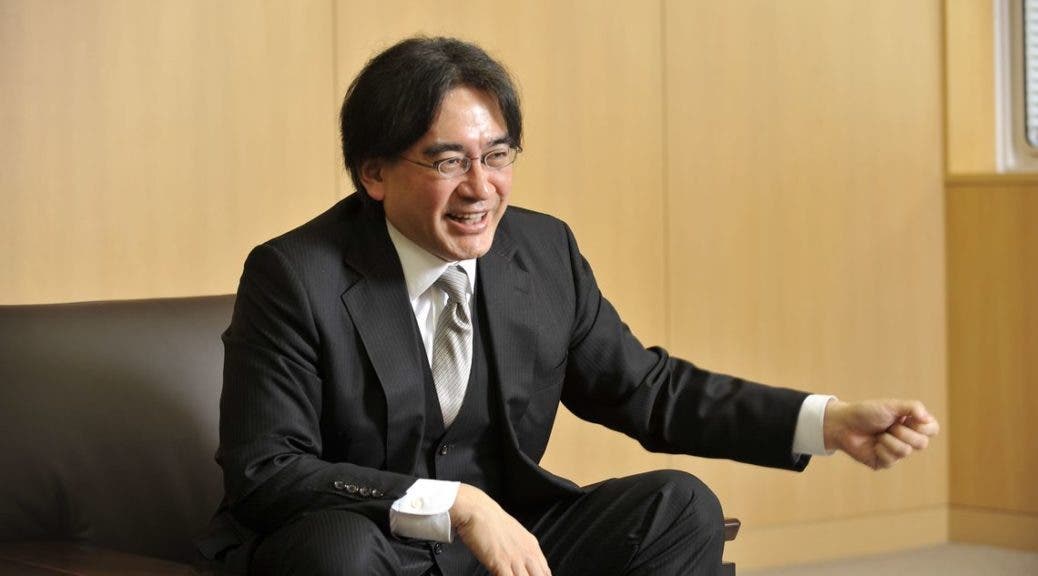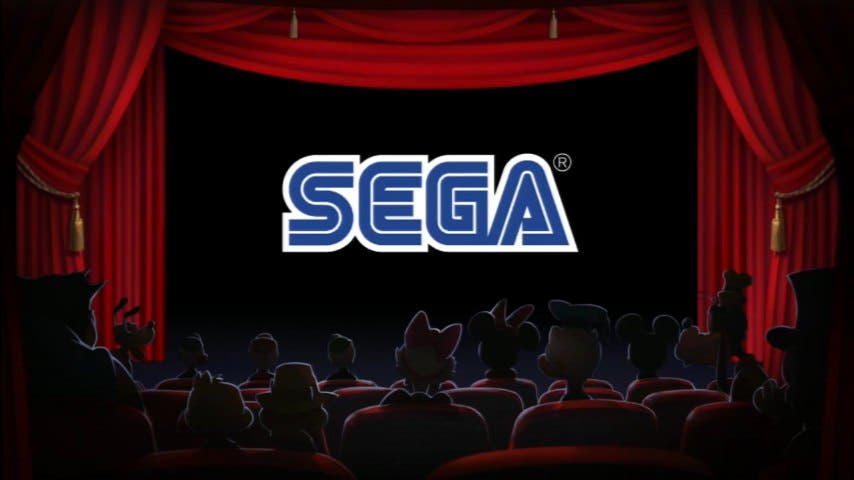The recent history of Nintendo is one that is because of people like Satoru Iwata. The late Japanese creative, fourth president of the brand in his country of origin, is still remembered today for his passion and his influence in the medium. Under the premise of bring video games to all kinds of audiencesIwata began to forge his legend with revolutionary ideas such as Nintendo DS, Wii or Nintendo Switch, his last great contribution to the Big N universe. But, long before all these successes, the Sapporo native was a young man passionate about video games who dreamed of making a living from them.
The first contact
It has always been said of Iwata that he was a born leader. According to many stories, the character and the desire to be in charge of the teams that he formed was a condition that always accompanied him. It was at this last stage that he discovered computers, the devices that, as we know by now, would change his life forever. However, this event would still have to wait.
Before diving headfirst into your passion for these tech gadgets, the Japanese artist made his first steps with an Hp-65, a programmable calculator. Bought thanks to the help of her father and her savings as a dishwasher, it accompanied her in her first creations in high school. There, Iwata designed simple titles (such as Volleyball o Missile Attack), serving as an experience to get started in the industry. Later, in 1978, was able to acquire a Commodore PET
After dismantling it and studying its operation, Iwata discovered that the computer had a MOS 6502. This, in other words, meant that the Commodore PET had the same central processing unit as the NES, Nintendo’s first home console. As a result, Iwata was later able develop different titles for the Famicomthe Japanese version of the Big N system. In addition, this knowledge helped him to do internships in the Japanese division of Commodore, a situation that would give way the decision that changed his life forever.
Together with some friends, Iwata rented an apartment in Akihabara and, in their free time, they concentrated their efforts on developing games. Thanks to the quality of these, the Japanese was able to make demonstrations in a local computer store in Seibu, a movement that it would open the doors of the video game industry for him in 1980. A group of HAL Laboratory employees, creators of Kirby, frequented the store and were fascinated by Iwata’s creations. For this reason, they decided to invite him to join the company, a deal that the Japanese did not hesitate to accept and, in the end, would end up making him a basic pillar of the company.
Iwata’s story at Nintendo began at HAL Laboratory
Although he joined the company in 1980, Iwata did not have the stripes back then that he later did. In his first stage, before graduating in 1982, the creative worked part-time before agreeing to full-time. As a result, Iwata became the fifth employee (and only programmer) from HAL Laboratory. Unfortunately, Not all that glitters is gold.
Satoru Iwata, on the left in the image.
As it turned out later, Iwata’s relationship with his father was complicated for many months. Despite the fact that he was a model student and had gotten a job as soon as he graduated, the father of the future director of Nintendo did not agree with his son’s career path. Thus, did not speak to him during his first 6 months at HAL Laboratory. However, this situation changed when Iwata began to gain weight within the developer.
From programmer, the young star became production coordinator for software a year later. In this role, the artist was in charge of build relationships with nintendoachieving various trade agreements that were intended to create titles for Famicom. As a result of this negotiation, Iwata was able to work on projects such as Joust (his first game) or in proposals as iconic as MOTHER, NES Open Tournament Golf o Kirby. Definitely, the career of a myth had beguna legend that in 1993 he assumed the presidency in the toughest stage of the company.
Saved HAL Laboratory from bankruptcy
His good relationship with Nintendo caused Hiroshi Yamauchi, president of Nintendo from 1949 until his resignation in 2002, to insist on make Iwata president of HAL Laboratory. This measure, as reflected in various history books, managed to pay off the company’s debt (more than 1,500 million yen) and saved it from disappearing in just 6 years. And all this, surprisingly, without any training in business management.
Despite his new position, Iwata never separated himself from the development and production of video games. Fruit of this, collaborated closely with the development of several titles of Pokémon. Thus, to name an example, theirs is the code with which they could carry the battle system of pokemon red, Azul y Verde a Pokémon Stadiumthe revolutionary Nintendo 64 game. In addition, he was also involved in the development of Oro y Platathe iconic works for Game Boy Color.
Beyond Pokémona franchise in which he participated by being the intermediary between Game Freak and Nintendo
From division head to company president
In the year 2000, Iwata left behind the presidency of HAL Laboratory and finally became part of Nintendo. In his first stage in the company, the creative assumed the role of head of the corporate planning division. Thus, his work in this position was reduce the cost and duration of development while preserving quality. Not an easy task that, according to the portal IGNsupposed to Nintendo a profit of 20% (2000) and 41% (2001) in its first two years. Ultimately, this milestone served to completely win the favor of Hiroshi Yamauchi.
By then, Nintendo had only been chaired by people related to the Yamauchi family. Since the company’s founding in 1889, this was an unbreakable rule for running the Big N. However, when Yamauchi resigned from the position in 2002, trusted Iwata and broke a tradition of more than a century. Thus, after his goodbye, Iwata became the 4th president of the company and, during his tenure, he tried to fulfill Yamauchi’s last wishes: innovate and create new ideas. And, in view of what happened until the end of his life, it is clear that more than met at the helm of Nintendo.
This is the story of Satoru Iwata’s rise within the Nintendo ecosystem. From his first days at HAL Laboratory to the top of the company, the creative experienced stages of success and failure that, in the end, forged him as the legend that Reggie or Sakurai remember today (among others). And you, what do you think of the legacy of Satoru Iwata? Do you consider him to be the greatest contemporary figure in Nintendo? Do you think the company would be different without all of his work? We read you in the comments.
Table of Contents












